Introduction
The way people make decisions has changed forever. Before buying, they search. Before trusting, they scroll. Before committing, they compare. And all of it happens online.
That shift is why digital marketing isn’t just another channel, it’s the foundation of modern business growth. Digital marketing is the practice of using online platforms like search engines, social media, email, and paid ads to reach the right people, at the right time, with the right message. It’s measurable, it’s adaptable, and when done well, it’s far more effective than old-school advertising.
In 2025, digital marketing has become the great equalizer. A local startup can outshine a global brand with the right strategy. New tools, AI-driven insights, and privacy-first platforms are rewriting the rules every month. Keeping up isn’t optional, it’s survival.
This guide will walk through exactly what digital marketing is, why it matters now more than ever, and how the core strategies, tools, and trends fit together. Whether you’re a beginner building your first campaign or a business owner refining your approach, you’ll find everything you need to compete and win in today’s digital-first world.
Key Takeaways
Digital Marketing in 2025
- What digital marketing is and how it differs from traditional marketing.
- Why digital marketing is non-negotiable for businesses in 2025.
- The core channels SEO, content, social, email, paid ads, and more that drive results.
- How to build a digital marketing strategy that connects goals, audience, and channels.
- The trends, tools, and examples shaping the future of digital marketing.
Disclaimer: I am an independent Affiliate. The opinions expressed here are my own and are not official statements. If you follow a link and make a purchase, I may earn a commission.
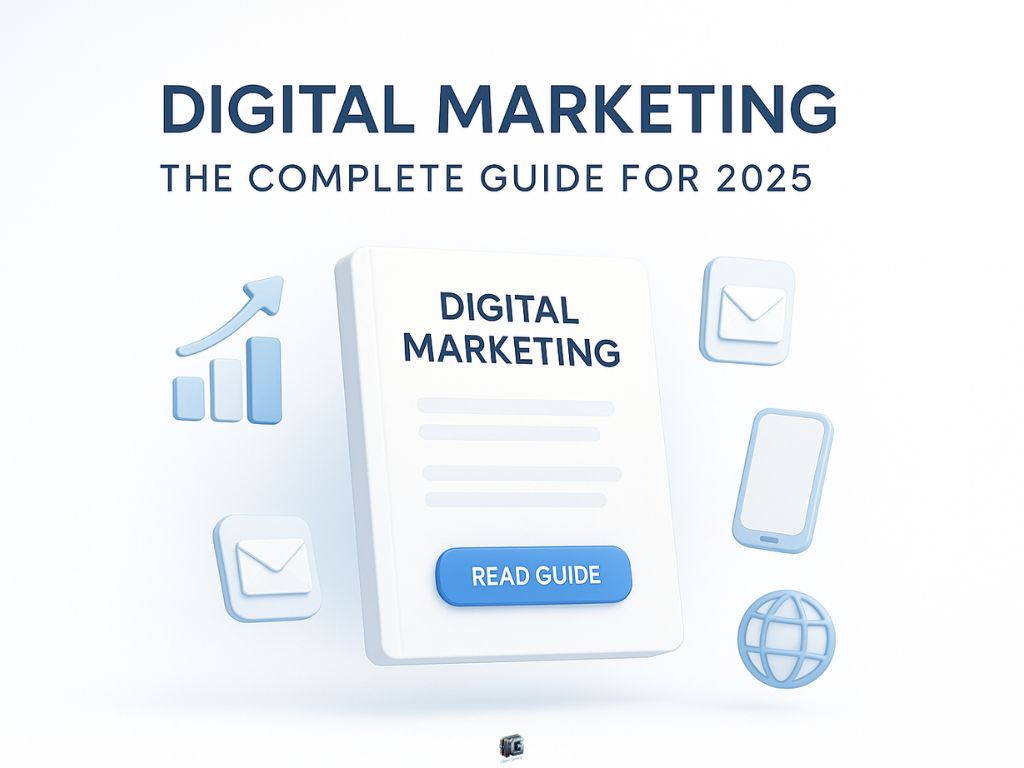
What Is Digital Marketing?
Digital marketing is the use of online channels to promote products, services, or brands and connect with potential customers where they already spend their time: on search engines, social platforms, email, and websites.
Unlike traditional marketing, which relies on broad methods like TV, radio, or print ads, digital marketing is highly targeted and measurable. It allows businesses to reach specific audiences, track how people interact with campaigns, and adjust strategies in real time.
At its core, digital marketing is about three things:
- Visibility — showing up where your audience is searching, scrolling, or engaging.
- Relevance — delivering messages tailored to their needs and interests.
- Results — measuring every click, view, and action so you know what works.
From startups to global brands, digital marketing has become the most effective way to attract attention, build trust, and drive sales in today’s connected world.
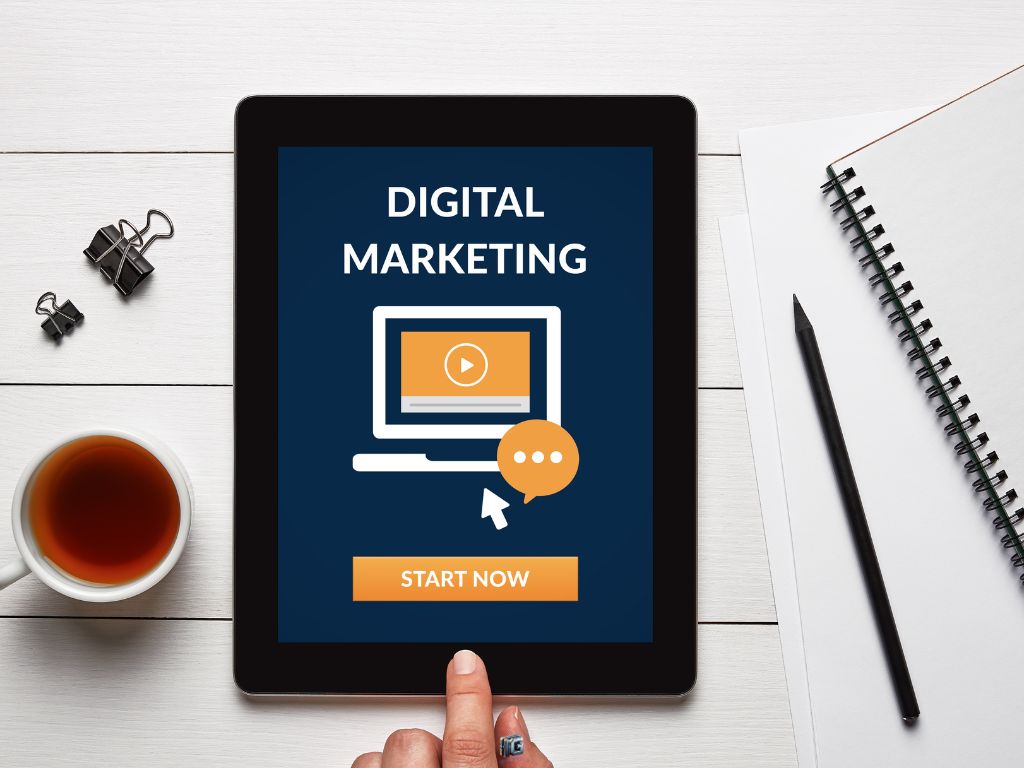
Why Digital Marketing Matters in 2025
Digital marketing is no longer just a competitive advantage, it’s the baseline for survival. Every customer journey begins and ends online. People don’t flip through phone books, wait for TV ads, or trust cold calls. They search, scroll, and compare in real time, and if your business isn’t visible, you’re invisible.
Consumer behavior has shifted permanently. Customers expect instant answers, personalized experiences, and seamless interactions across devices. If your message doesn’t reach them where they are or if your site takes too long to load, they’ll move on without a second thought.
Technology has raised the bar. AI-driven targeting, voice search, short-form video, and privacy-first advertising have redefined how brands connect with audiences. What worked even two years ago may not work today. Staying relevant means adapting to the tools and platforms your audience actually uses.
The results are measurable. Unlike traditional advertising, digital marketing shows you exactly what works. Every click, view, open, or sale can be tracked and optimized. That transparency gives small businesses the power to compete with larger brands and often win.
The takeaway: digital marketing isn’t a trend. It’s the new operating system for business growth in 2025 and beyond.
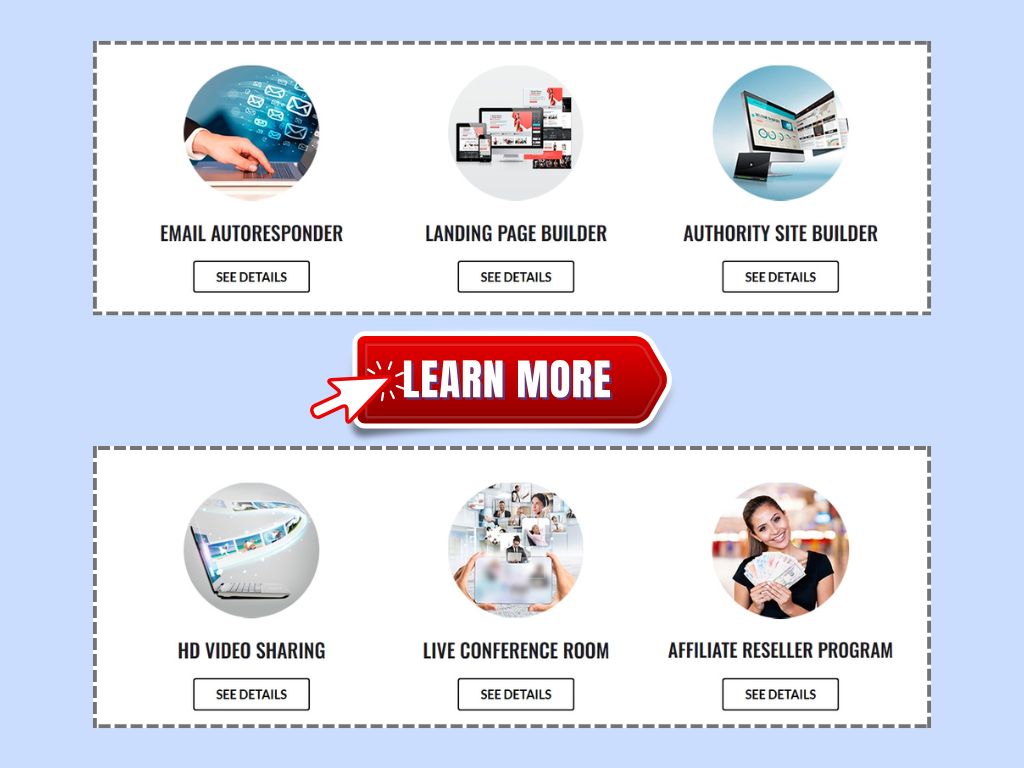
Core Channels of Digital Marketing
Digital marketing isn’t one single tactic, it’s a mix of channels that work together to reach and convert your audience. Here are the main ones that drive results in 2025:
1. Search Engine Optimization (SEO)
SEO is the process of improving your website so it ranks higher on Google and other search engines. It’s about making sure people find your business when they search for products, services, or answers.
- Why it matters: Organic traffic compounds over time and often delivers the highest ROI.
- Best for: Businesses that want long-term, sustainable visibility.
2. Content Marketing
Content marketing is creating and sharing valuable material blog posts, guides, videos, podcasts to attract and educate your target audience. Instead of pitching directly, you build trust by providing value first.
- Why it matters: It positions you as an authority and feeds other channels (SEO, email, social).
- Best for: Thought leadership, building trust, and nurturing leads.
3. Social Media Marketing
Social platforms like Instagram, TikTok, LinkedIn, and Facebook are where people spend their time. Social media marketing uses these platforms to connect with audiences through organic posts, stories, and paid ads.
- Why it matters: It creates visibility, community, and direct engagement.
- Best for: Growing brand awareness, reaching new audiences, and engaging with customers.
4. Email Marketing
Email remains one of the most profitable channels in digital marketing. It’s direct communication with your audience, whether through newsletters, drip campaigns, or special promotions.
- Why it matters: You own the list, and it consistently outperforms social in ROI.
- Best for: Nurturing leads, retaining customers, and driving repeat sales.
5. Paid Advertising (PPC)
Pay-per-click ads (Google Ads, Meta Ads, YouTube, TikTok) allow you to target specific audiences with precision. You pay for placement, but the visibility is immediate.
- Why it matters: Fast results and hyper-targeting options.
- Best for: Launching campaigns, testing offers, and scaling traffic quickly.
6. Affiliate & Influencer Marketing
Affiliate marketing uses partnerships where others promote your product for a commission. Influencer marketing leverages personalities with established audiences to drive awareness and trust.
- Why it matters: It taps into existing communities and reduces upfront ad spend.
- Best for: E-commerce, product launches, and lifestyle brands.
7. Video Marketing
Video dominates attention across platforms from YouTube to TikTok to Instagram Reels. Short-form clips, tutorials, demos, and testimonials are now essential.
- Why it matters: Video drives higher engagement and is favored by algorithms.
- Best for: Capturing attention quickly and humanizing your brand.
8. Emerging Channels
Voice search, AI-driven personalization, and interactive content are on the rise. Brands experimenting here now often gain a competitive edge later.
- Why it matters: Staying ahead of consumer behavior shifts keeps you relevant.
- Best for: Forward-thinking businesses ready to adapt early.
Digital marketing isn’t about choosing just one of these channels. The real power comes from how they work together which is where strategy comes in.
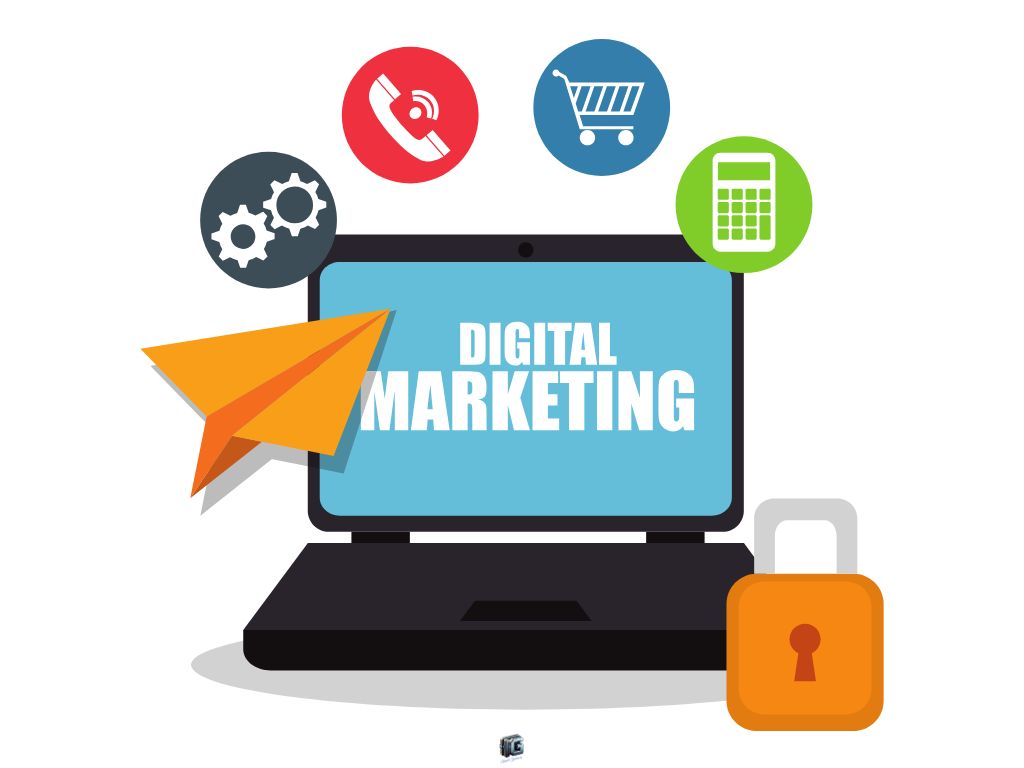
Digital Marketing Strategy: How It All Fits Together
Knowing the channels is one thing. Making them work together is where the results happen. A digital marketing strategy gives structure to your efforts so every campaign, post, and ad moves toward the same goal.
1. Define Your Goals
Every strategy starts with clarity. Do you want more sales, more leads, or more visibility? A goal like “generate 500 qualified leads this quarter” gives you direction and a way to measure success.
2. Know Your Audience
The best strategies aren’t built around platforms, they’re built around people. Who are you trying to reach? What do they care about? Where do they spend their time online? Answering these questions guides everything else.
3. Choose the Right Channels
Not every business needs to be everywhere. A B2B brand might focus on LinkedIn and email, while a fashion retailer leans into Instagram, TikTok, and influencer partnerships. Pick channels that align with your goals and audience.
4. Create and Repurpose Content
Content is the fuel of digital marketing. A single blog post can become a newsletter, a video, and a dozen social posts. Repurposing multiplies your reach without multiplying your workload.
5. Track and Optimize
The real advantage of digital marketing is data. Use analytics to monitor traffic, conversions, and engagement. Double down on what works, cut what doesn’t, and keep testing new angles.
When strategy ties everything together, digital marketing shifts from random acts of posting into a system that consistently drives growth.
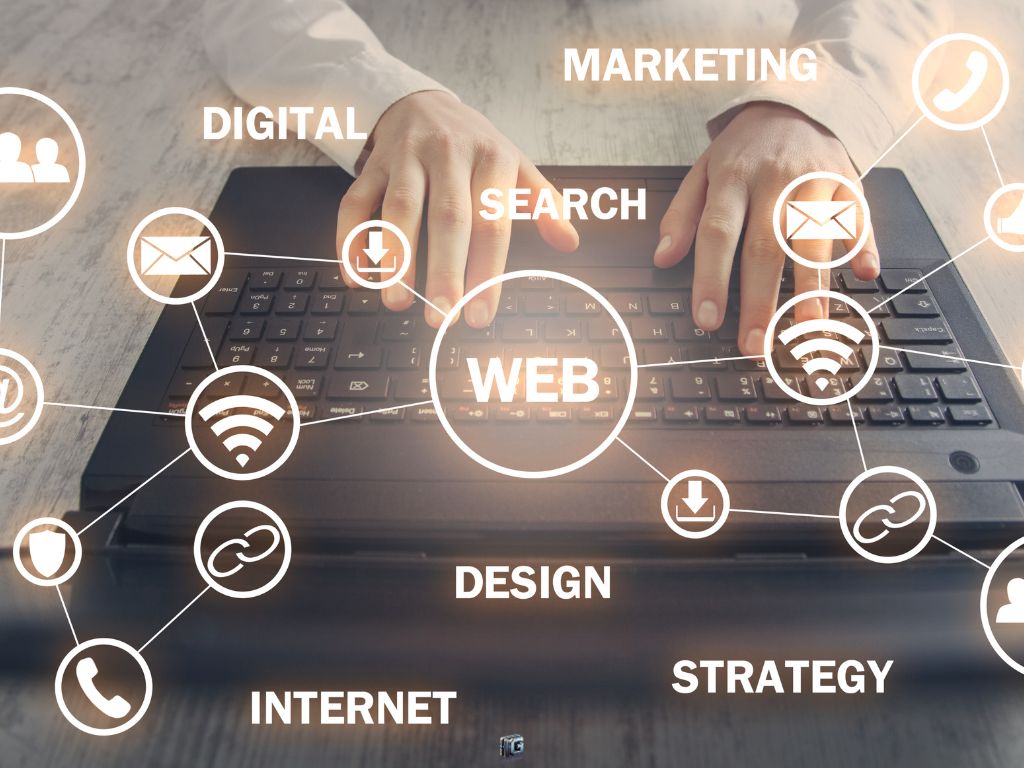
Examples of Digital Marketing in Action
Digital marketing looks different depending on the business, but the principles remain the same: choose the right channels, craft the right message, and keep testing. Here are a few scenarios that show how it works in practice:
1. The Local Business
A neighborhood café wants to attract more foot traffic. They optimize their Google Business Profile, run local search ads, and use Instagram to share daily specials.
- Result: When someone nearby searches “coffee near me,” the café shows up instantly, boosting visits and sales.
2. The E-Commerce Store
An online clothing brand drives traffic with TikTok ads, nurtures new visitors with an email welcome series, and retargets abandoned carts with Facebook ads.
- Result: Sales increase because customers are guided from first click to final checkout with consistent messaging.
3. The B2B Company
A software provider uses LinkedIn to share thought-leadership articles, runs targeted ads to decision-makers, and offers a free webinar to capture leads.
- Result: They build authority in their niche and create a steady pipeline of qualified prospects.
4. The Solo Entrepreneur
A fitness coach builds authority through YouTube tutorials, drives traffic to a free eBook with SEO, and upsells clients into premium coaching via email marketing.
- Result: The funnel turns free content into paying clients with minimal ad spend.
These examples show that digital marketing isn’t one-size-fits-all. Whether you’re a solo creator, local shop, or global brand, the strategy adapts to your goals, audience, and resources.
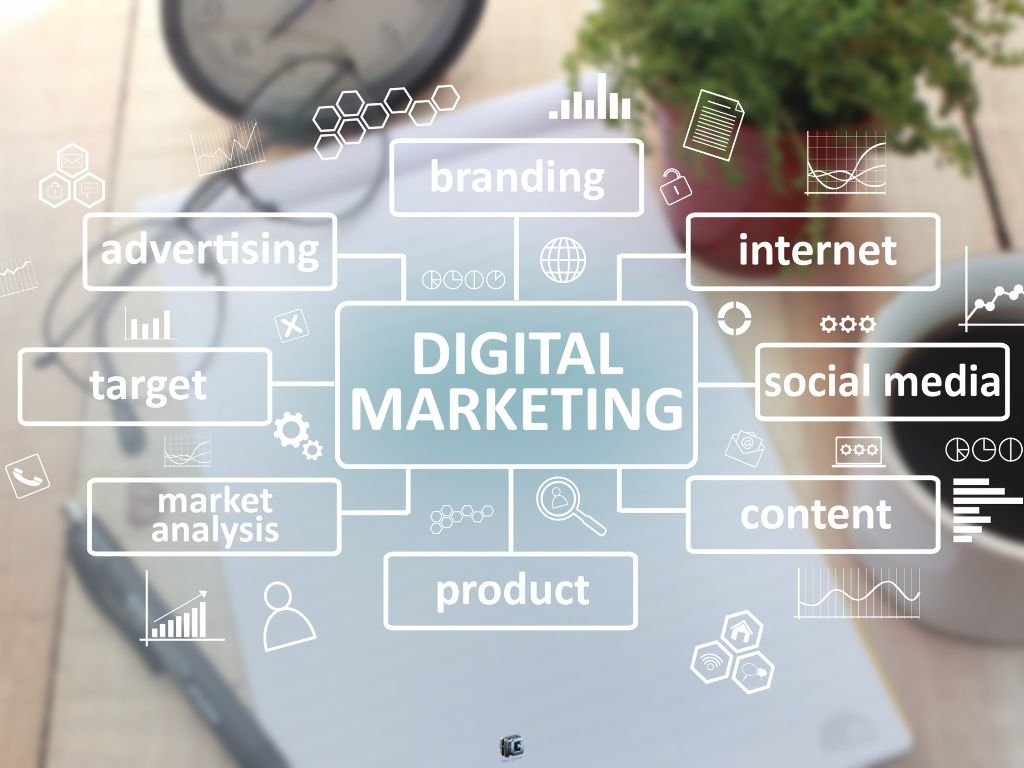
Common Mistakes in Digital Marketing
Digital marketing offers massive opportunities, but it’s also easy to get lost in the noise. Avoiding these common mistakes will save you frustration and protect your budget.
1. Trying to Be Everywhere
Many businesses spread themselves too thin across every platform. Instead of making an impact, they dilute their efforts. Focus on the channels where your audience is most active and invest deeply there.
2. Ignoring Data
Running campaigns without tracking results is like driving blindfolded. Metrics such as conversion rate, cost per click, and engagement show what’s working. Without data, you’re guessing.
3. Chasing Vanity Metrics
High follower counts and likes look impressive but don’t always equal sales or leads. Focus on meaningful KPIs: revenue, leads generated, or customer lifetime value.
4. Skipping Consistency
Posting once in a while or running campaigns sporadically won’t move the needle. Digital marketing rewards consistency. Regular content, steady ad spend, and ongoing engagement build trust over time.
5. Forgetting the Customer Journey
Too many marketers focus only on the first click. A real strategy considers the whole path: awareness, interest, decision, and loyalty. Neglecting this leads to missed opportunities for repeat sales.
6. Ignoring Mobile Optimization
If your site or emails don’t work well on phones, you’re losing a huge portion of potential customers. In 2025, mobile-first isn’t optional, it’s standard.
Digital marketing mistakes often come from chasing trends without strategy. Staying focused, consistent, and data-driven ensures every effort moves you closer to measurable growth.

Tools Every Digital Marketer Needs
The right tools don’t replace strategy, but they make executing and scaling digital marketing much easier. Here are the essentials most businesses rely on in 2025:
1. Analytics Tools
- Examples: Google Analytics 4, Plausible, Hotjar
- Why it matters: These tools show where traffic comes from, how visitors behave, and what drives conversions. Without analytics, optimization is guesswork.
2. SEO Tools
- Examples: SEMrush, Ahrefs, Moz
- Why it matters: SEO tools uncover keyword opportunities, track rankings, and analyze competitors so your content actually gets found.
3. Social Media Management
- Examples: Buffer, Hootsuite, Sprout Social
- Why it matters: Scheduling, monitoring, and reporting across platforms saves time and ensures consistency.
4. Email Marketing Platforms
- Examples: ConvertKit, Mailchimp, ActiveCampaign
- Why it matters: Email is one of the highest-ROI channels. These tools handle automation, segmentation, and personalized campaigns.
5. Advertising Platforms
- Examples: Google Ads, Meta Ads Manager, TikTok Ads
- Why it matters: Paid ads drive fast visibility. Ad platforms provide targeting, tracking, and performance insights.
6. Content Creation Tools
- Examples: Canva, Adobe Express, Descript
- Why it matters: Good design and engaging media make your campaigns stand out. Content tools lower the barrier to producing professional visuals and videos.
7. CRM and Funnel Builders
- Examples: HubSpot, ClickFunnels, GoHighLevel
- Why it matters: Customer relationship management and funnels keep leads organized and moving toward purchase.
With the right mix of tools, even small teams can compete with larger companies. The secret isn’t using them all it’s picking the few that align with your strategy and mastering them.
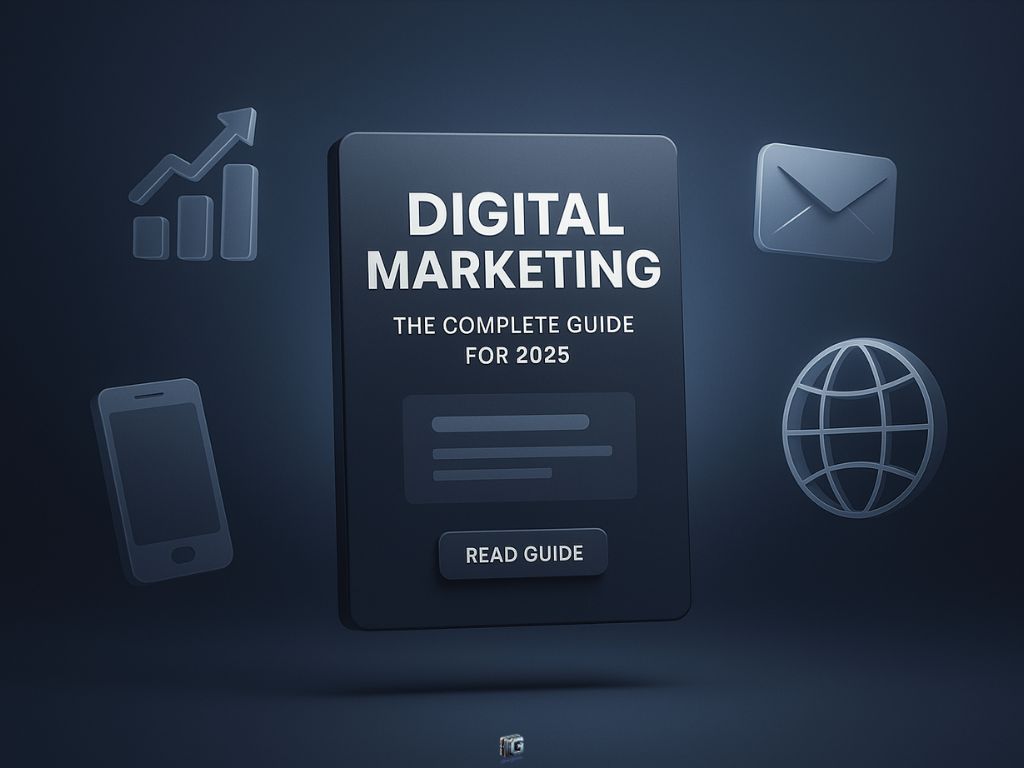
Digital Marketing Trends in 2025
The digital landscape changes faster than any other part of business. What worked yesterday might already feel outdated today.
Here are the trends shaping digital marketing in 2025:
1. AI-Powered Personalization
Artificial intelligence now drives everything from ad targeting to content creation. Brands using AI tools deliver personalized experiences at scale tailored emails, dynamic website content, and product recommendations that feel one-to-one.
2. Short-Form Video Dominance
Platforms like TikTok, Instagram Reels, and YouTube Shorts have made short-form video the most consumed content type. Businesses that master storytelling in 30–60 seconds grab attention and build loyalty fast.
3. Privacy-First Advertising
With cookies disappearing and data regulations tightening, marketers must rely on first-party data. Collecting emails, building owned audiences, and using privacy-compliant targeting are non-negotiable.
4. Voice and Visual Search
More people search by speaking into devices or uploading images. Optimizing for voice queries and visual content is becoming essential, especially for local and e-commerce businesses.
5. Omnichannel Experiences
Customers expect seamless transitions between channels. Whether they see your ad, read your blog, or open your email, the brand message should feel consistent. Businesses connecting the dots gain trust faster.
6. Human-Centered Branding
Even in a tech-driven world, authenticity wins. Brands that show real people, real stories, and real values stand out against competitors who rely only on automation.
Staying ahead of these trends isn’t about chasing shiny objects. It’s about preparing your strategy for where your customers are already headed. Businesses that adapt early will own the advantage.
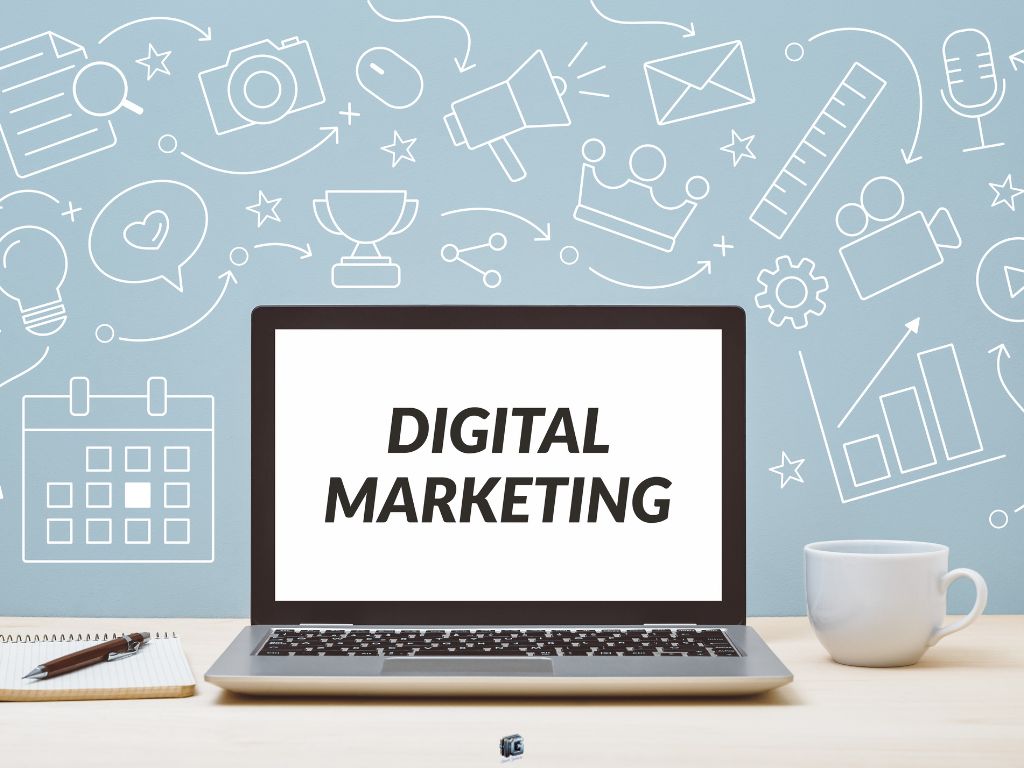
Conclusion
Digital marketing isn’t a buzzword, it’s the system every modern business relies on to stay visible, competitive, and profitable. From SEO and content to social media, email, and paid ads, the channels are diverse, but the goal is simple: connect with the right people at the right time and move them to action.
In 2025, the brands that win aren’t the ones chasing every shiny new platform. They’re the ones that understand their audience, choose the right channels, and stay consistent while adapting to change. AI, short-form video, privacy-first strategies, these aren’t trends to watch from the sidelines, they’re signals of where the market has already moved.
The opportunity is wide open. Whether you’re a small local business or a global brand, digital marketing levels the playing field. Start with clear goals, build a strategy, use the right tools, and keep testing.
Your customers are online. The question is: will they find you or your competitors first?
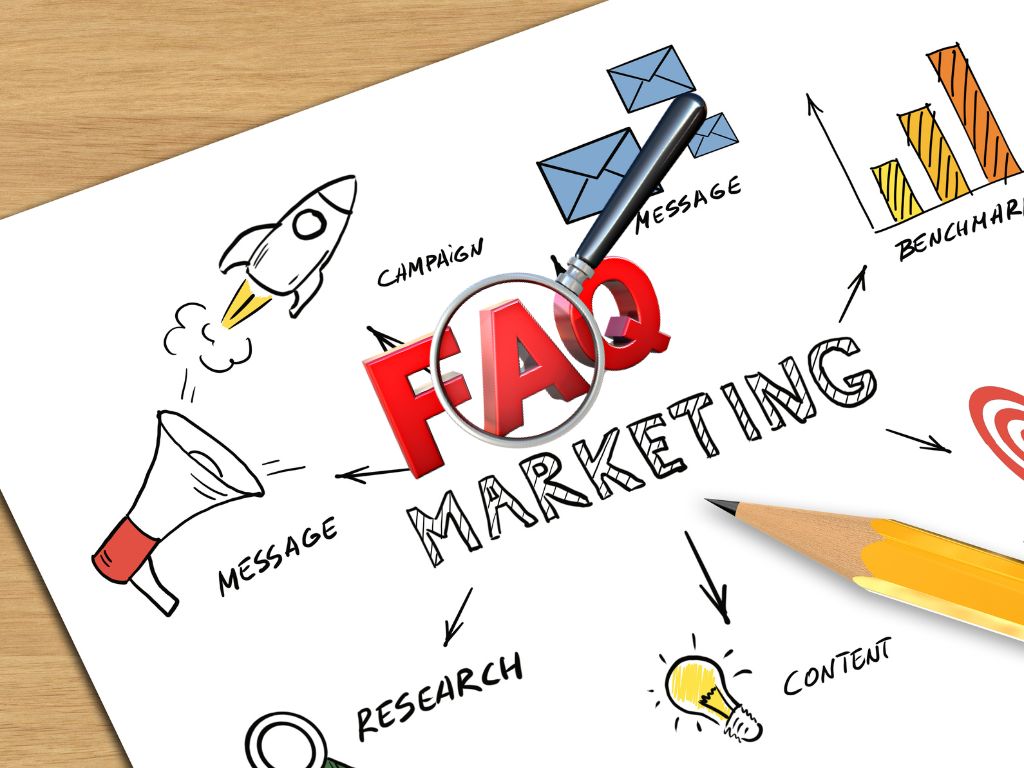
FAQs About Digital Marketing
Is digital marketing hard to learn?
Digital marketing has many moving parts, but the basics are straightforward. Start small with one or two channels, like social media or email, then expand as you gain confidence.
How much does digital marketing cost?
Costs vary depending on the approach. Running ads may require hundreds or thousands per month, while organic strategies like SEO or content marketing primarily cost time and tools.
How long does it take to see results?
Paid advertising can bring traffic immediately. SEO, content, and email marketing usually take 3–6 months of consistent effort to deliver significant results.
Can small businesses do digital marketing themselves?
Yes. Many small businesses start by handling their own digital marketing with free or affordable tools. As they grow, they may hire specialists or agencies to scale results.
What’s the difference between online advertising and Digital Marketing?
Digital marketing is the umbrella strategy, covering all online promotion channels. Online advertising (like Google or Facebook ads) is just one piece of that larger system.
0 Comments